Experiment with similes by writing a simile poem about a special person.
What Is a Simile Poem?
Are you looking for resources to assist you in teaching similes to your students? One simple yet very effective method of teaching similes is to have students read and write simile poems.
Simile poems describe a person through comparisons. They contain several lines, but in all honesty, they can be as long or as short as the author wishes! Each line in the poem is a simile. If you need a refresher, a simile uses the words ‘like’ or ‘as’ to compare one object or idea with another to suggest they are alike. Some comparisons include objects, animals, events or people.
Simile poems do not usually follow a rhythm pattern, and they do not usually rhyme. This means that students can focus on creating great imagery through figurative language rather than worrying about whether the rhythm is correct or the rhyming pattern works!
This poetry worksheet has been designed to introduce students to the purpose, structure and language features of simile poems. It also includes a set of differentiated writing scaffolds for students to use when writing a simile poem of their own.
Three Differentiated Versions of This Simile Poem Worksheet
When writing poetry, some students need very little support or scaffolding. Others may find it quite challenging to develop simile examples for their simile poem. That is why we have created three differentiated versions of this simile poem worksheet. The subtle differences in each version are outlined below:
- Version 1 (for above-level learners): Blank lines are provided for the students to write their simile poems.
- Version 2 (for on-level learners): Sentence starters are provided for each line of the simile poem.
- Version 3 (for below-level learners): A scaffolded brainstorm and a highly scaffolded poem template are provided to assist with ideating and writing their simile poems.
Download Your Preferred File Format
Use the dropdown arrow next to the Download button to select between the editable Google Slide or the quick-print PDF version of this resource.
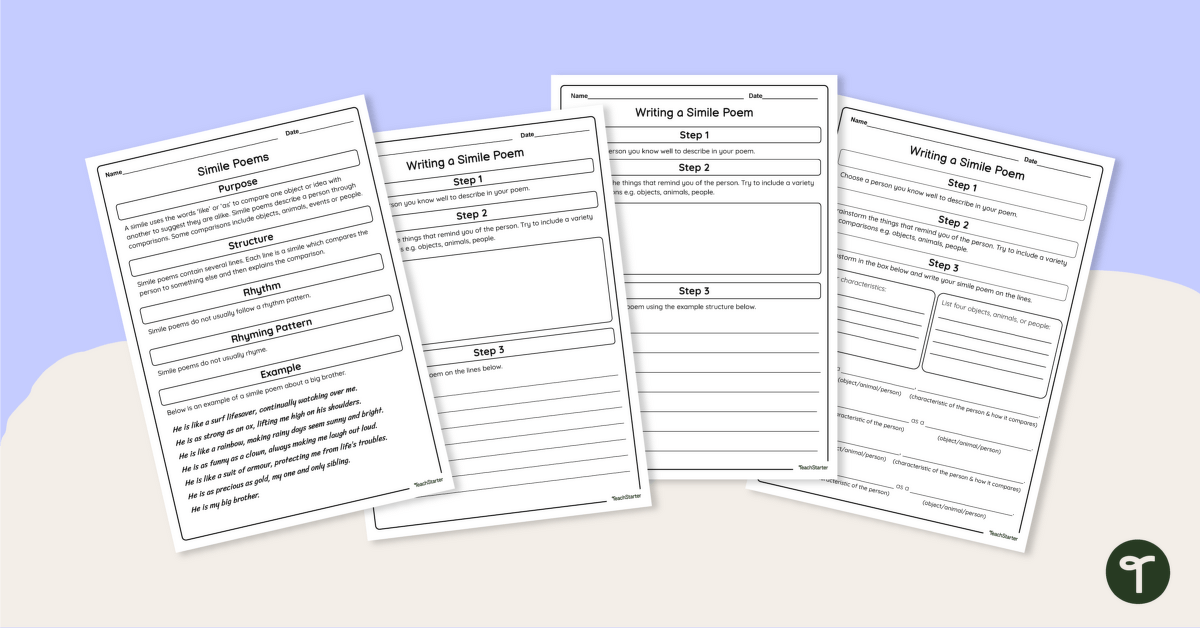

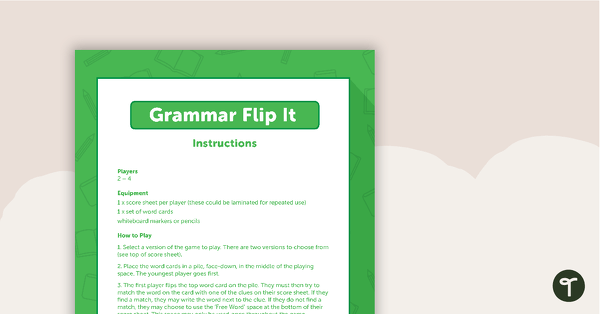
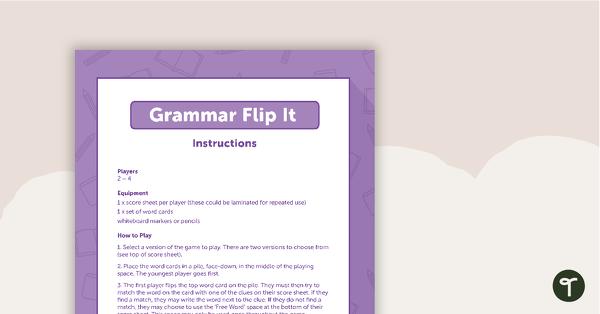

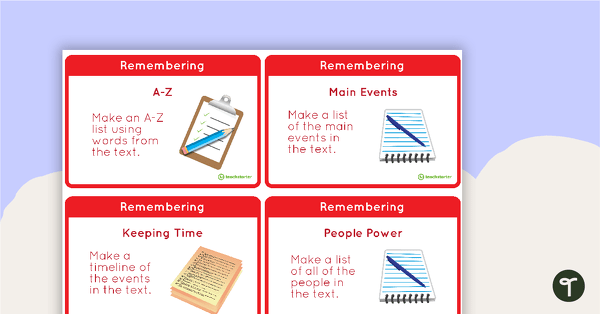
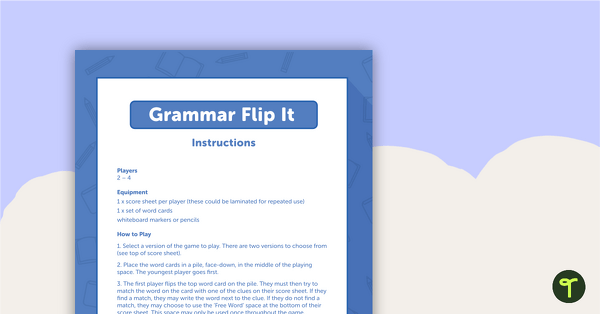


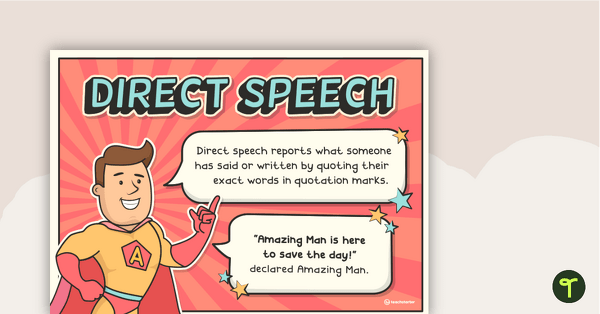
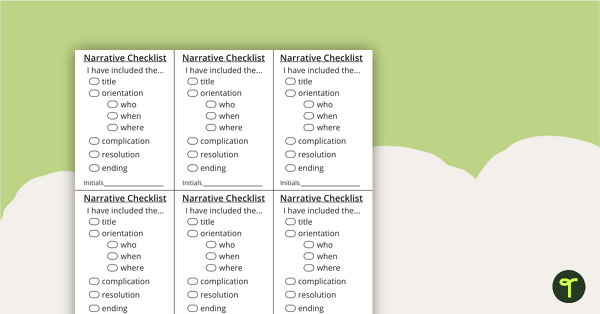

0 Comments
Write a review to help other teachers and parents like yourself. If you'd like to request a change to this resource, or report an error, select the corresponding tab above.